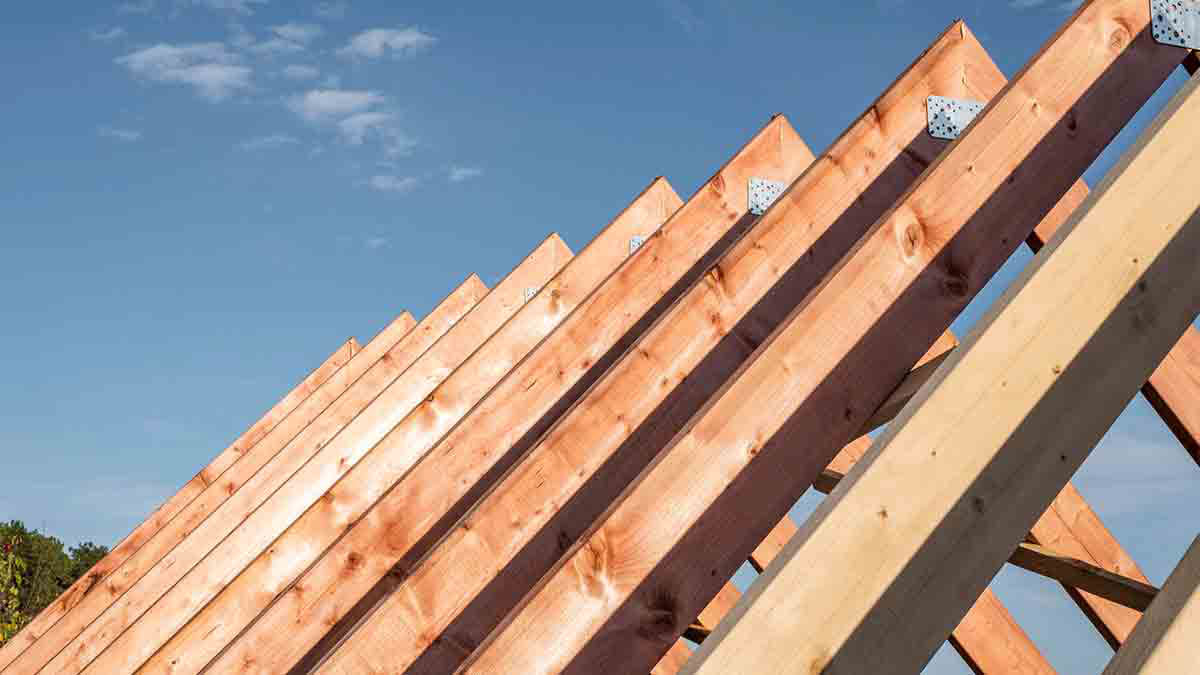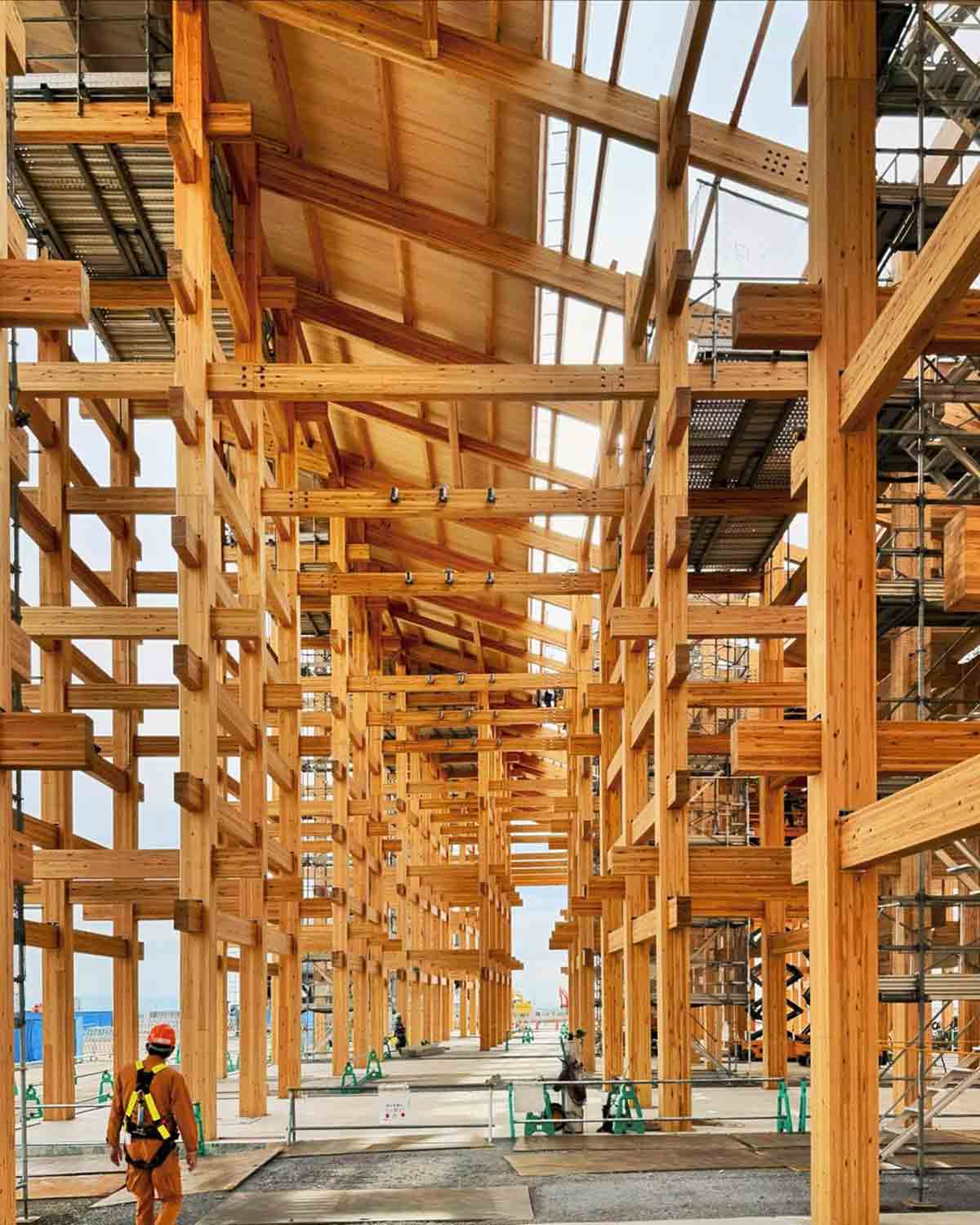Structural timber has been a fundamental building material since ancient times. During the Middle Ages, it was the main material for houses and buildings in Europe. In the Renaissance, it was combined with stone and brick in more sophisticated constructions. Later, the Industrial Revolution allowed the mechanisation of the production of timber components and the development of laminated timber, which improved the material’s precision and strength.
In the early 20th century, steel and concrete dominated large-scale construction, relegating timber to residential construction and small and medium-sized buildings. However, glue laminated timber allowed the creation of large beams and columns. In the late 20th and early 21st century, cross-laminated timber (CLT) revolutionised construction, with multi-storey buildings and skyscrapers.
In a context of growing concern for sustainability, wood has emerged as a material of choice due to its low environmental impact. In addition, modern treatments have improved its resistance to fire, pests and moisture, and made it more durable and safer for various applications.
Wood is competitive in terms of cost and execution time; its structures are often prefabricated, allowing for faster and more efficient on-site construction, therefore reducing labour costs. Its aesthetic appeal also contributes to its revaluation, as it brings warmth and natural beauty, which are highly valued in contemporary architectural design.
As a sustainable and versatile building material, wood features prominently in many modern architectural projects. One example is the wooden ring-shaped corridor designed by Sou Fujimoto for Expo 2025 in Osaka. This ring-shaped structure has a diameter of approximately 600 metres and a height of around 20 metres, and impresses with its beauty and grandeur.
On the other side of the planet, the Nordic countries are renowned for their application of wood in architecture. A prime example is the SpareBank 1 SR-Bank business park office by Helen & Hard Architects in Norway, with a Scandinavian-style interior made almost entirely of wood. Four curved wooden staircases connect each level. The double curvature of the side beams of these stairs demonstrates the wide structural possibilities offered by wood.
If you want to know more about the application of wood in construction, we encourage you to read the articles we have already published on the subject:
» Fire and timber structures: a basic guide
» Timber structures in the construction of sports facilities
» Application of timber structures on the roofs of water attractions
By Tianshu Liu, Senior Architect in Amusement Logic’s Architectural Dept.









